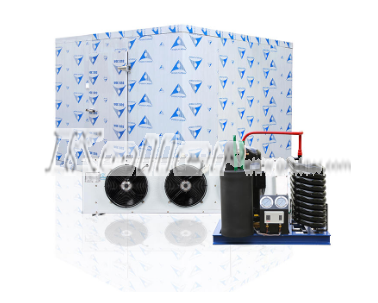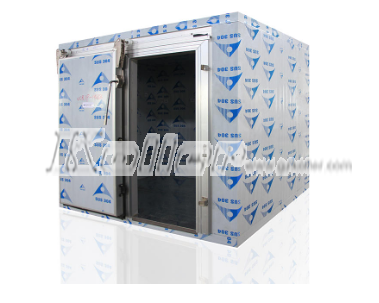Cold storage facilities is a trend that many retailers and manufacturers are looking for, as it ensures complete supply chain management. It allows the best return on investments in a cost-conscious manner. Most offer a unique range of services, use the latest equipment and are managed by automated systems designed to increase accuracy. These cold room suppliers from a source provide refrigeration, transportation, reloading, unloading and loading, reloading and reloading and inventory control services. Because such cold storage facilities support a wide range of operations, the object's setting and function must be impeccable.

Things To Pay Attention To When Designing A Cold Storage Warehouse
1.Site positioning and building configuration are more important than ever when designing a cold storage warehouse. This choice usually depends on the wind and water. The reservoir should bring water for berthing purposes, but the port door should not be in the same direction as the winds, as they seep into the warehouse and risk the product's behavior. The required amount of space in the dock is also a decisive factor when designing a cold storage warehouse. About ten years ago, the dam was about 20 meters long. Today they grow to 60 meters and more.
2.The new technologies are used in the fields of security and management in cold storage warehouse. Operators implement stricter security measures in and around the facility. Some customers require these systems to ensure safe cold storage warehouse design and transportation. Internal loss has always been a problem, but warehouse operators feel they need to go further to protect the perimeter of their facilities. In addition to security technology, warehouse management systems provide equipment that allows the warehouse to operate in a more automated system and requires fewer employees and staff to manage operations. Barcode, sound scanning, and capture systems save costs in cold storage facilities.
3.Energy efficiency and labor are the main problems of the warehouse operators and remain at the forefront of costs many savings due to switching to multiple docking tasks. Larger sinks and cooling devices are designed for cross-connections, along with areas and systems for reverse positioning. The requirements for energy, labor, and transport affect the design of the cold storage warehouse, which is reflected in unconventional constructions. Deposits are getting bigger, as material handling equipment can handle products at higher levels.

In Conclusion
Although many cold storage facilities are designed differently, they all have the same function and purpose, ensuring the management of the cold supply chain from start to finish. The latest design technologies and equipment are rapidly being introduced into the industry to keep up with the high demands of the cold chain.

